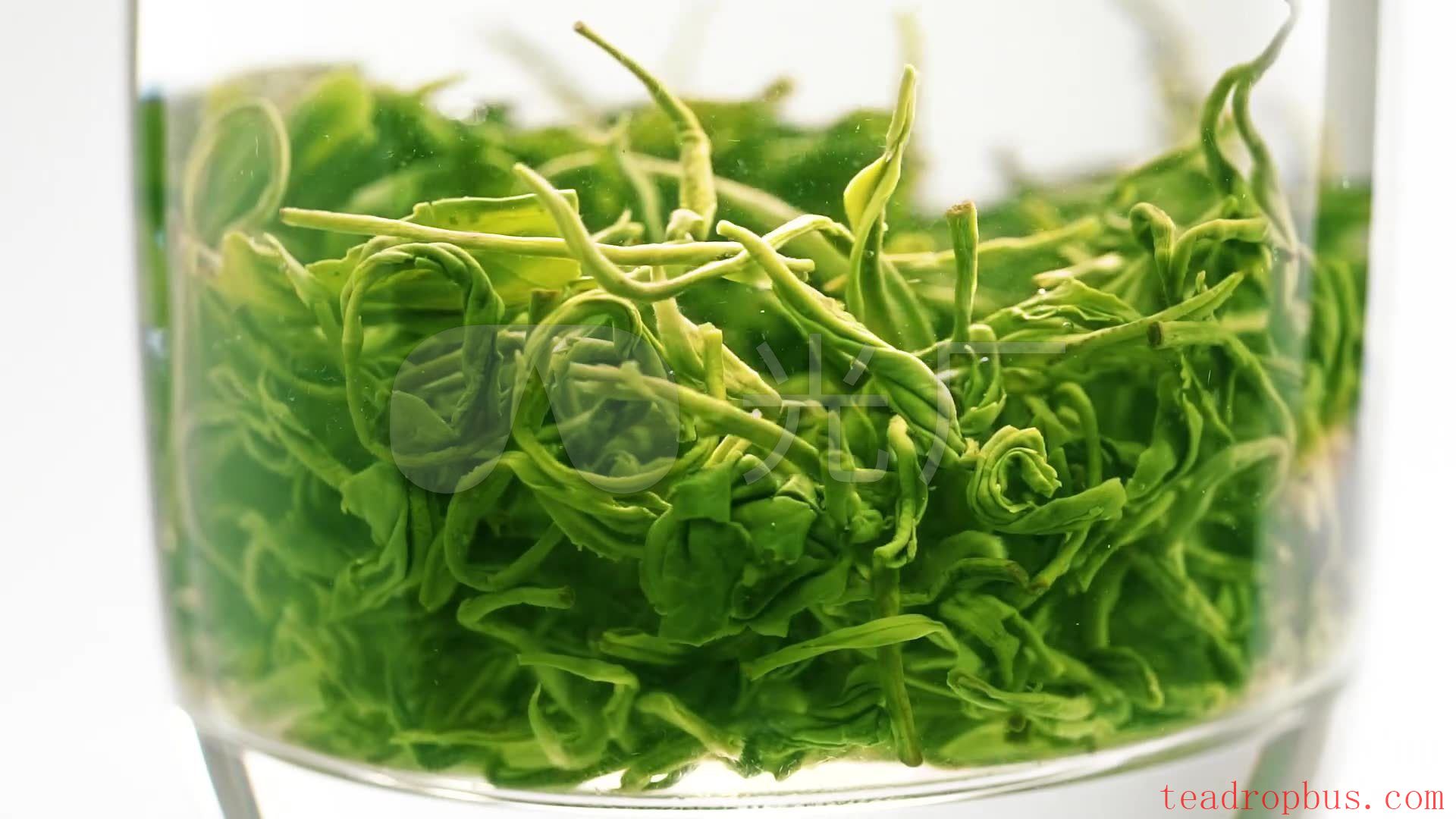Selecting High-Quality Maojian Tea
To brew great Maojian tea, selecting the right tea leaves is essential. High-quality Maojian typically has a fresh green color, tightly rolled leaves, and a light, fresh aroma when dry. When purchasing, opt for trusted brands or farmers to ensure the quality of the tea.
Choosing the Right Water
The quality of water used for brewing is critical. Mountain spring water, mineral water, or purified water are ideal choices. Tap water may contain chlorine and other impurities that can affect the Taste of the tea. Good water enhances the aroma and flavor of the tea leaves.
Controlling Water Temperature
Maojian tea is a type of Green Tea, and the water temperature should not be too high. Generally, a temperature range of 80°C to 85°C is most suitable. Higher temperatures can scorch the leaves, leading to a bitter taste, while lower temperatures prevent the full release of the tea's aroma and flavor.
Measuring the Correct Amount of Tea
The amount of tea used generally depends on personal preference, but using around 3 grams of tea for every 150 milliliters of water is a good guideline. Adjust the amount according to your desired strength.

(Image source: Network, delete upon request)
Brewing Time
The brewing time for Maojian tea is also important. For the first infusion, aim for about 1 to 2 minutes to allow the leaves to gradually unfurl and release their initial aroma and flavor. The second infusion can be extended to 2 to 3 minutes, and subsequent infusions can be longer. Maojian tea can typically be brewed 3 to 4 times, with each infusion offering a different taste experience.
Specific Brewing Steps
1. Warming the Teaware: Start by rinsing the teaware with hot water to raise its temperature and avoid sudden drops in water temperature during brewing.
2. Adding the Tea: Place an appropriate amount of Maojian tea into the teapot or cup.
3. Pouring Water: Pour 80°C to 85°C hot water into the teaware. The amount of water can vary depending on the size of the teaware and the amount of tea used; filling it about seven-tenths full is usually sufficient.
4. Steeping: Allow the tea to steep for 1 to 2 minutes, giving the leaves time to unfurl.
5. Serving: Pour the tea into a pitcher or serving cup, then distribute it among individual cups for drinking.
Selecting Teaware
There are many options for teaware when brewing Maojian tea, such as lidded bowls, glass cups, and purple clay pots. Lidded bowls and glass cups are good for observing the unfolding of the leaves and the color of the tea, while purple clay pots provide better heat retention and enhance the taste of the tea. Choose teaware based on your personal preference.
Tasting Details
Tasting tea is a form of enjoyment, so take your time. Start by smelling the aroma, then sip slowly to appreciate the changes in the tea as it sits in your mouth. High-quality Maojian tea has a fresh, fragrant taste and a sweet aftertaste, with each sip offering different layers of flavor.
Storing Tea Leaves
Proper storage of tea leaves is crucial. Maojian tea should be stored away from light, moisture, and high temperatures. It is best kept in a sealed container in a cool, dry place. If possible, store the tea in the refrigerator, but make sure it is sealed to prevent absorbing odors from other foods.
Common Issues
During the brewing process, you might encounter issues like overly bitter or astringent tea. This is often due to too high a water temperature or excessive brewing time. Adjusting the water temperature and brewing time will help you achieve a pleasant cup of Maojian tea.
In summary, brewing Maojian tea is both a science and an art. With these basic techniques, you can easily brew a fragrant and unique cup of Maojian tea at home. Whether enjoyed alone or shared with friends, this will be a delightful tea time. We hope this guide helps you enjoy the pleasure of Maojian tea even more.